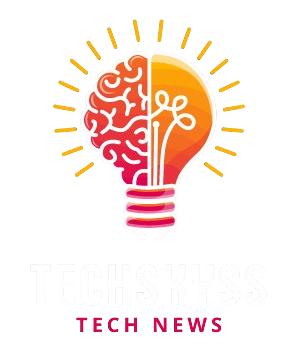Bored frustrated business people working in the office with an efficient robot: the impact of AI in … [+]
gettyWhile many across the corporate landscape seem to be rushing to jump on the AI bandwagon, a recent study from The Upwork Research Institute suggests that more than three-quarters of employees are not along for the AI ride.
Exactly 2,500 C-suite executives, full-time workers and contract employees based in the U.S., Canada, U.K. and Australia participated in the research, which was published in July.
The most surprising finding from the study was the shockingly wide divide between the expected productivity gains by senior executives and the lackluster results shared by the overwhelming majority of rank-and-file employees.
Wide Digital Divide Over AI Productivity Gains
According to the findings, 96% of the top execs responded that they expect deployed AI tools will help drive productivity benefits across their respective organizations. However, 77% of the employees tasked with using those same AI tools told the research team that the tech is actually slowing them down and hindering productivity and efficiency gains.
Shoving Round AI Pegs Into Square Analog Holes
Some of the key reasons driving this disconnect are the data points that 39% of the surveyed companies have deployed AI solutions, while an additional 46% are encouraging the use of AI without making all the necessary upgrades to internal systems and infrastructures.
Additionally, nearly half (47%) of the employees responded that they had no idea how to achieve the productivity gains leadership was expecting.
So the lack of a fully scoped, internal deployment of updated infrastructure to enable the AI rollout seems to have been further hamstrung with limited internal training and communications support.
Bosses Are Creating AI Productivity Strains — Not Gains
Furthermore, 81% of senior leaders reported that the gains they expected AI to produce would largely come in the form of increased demands on employees. These executives did not view AI as a way to alleviate workload demands, but rather increase the demands placed on those employees as outlined in the graphic below.
Eighty-one percent of surveyed executives said AI productivity gains will largely come at the … [+]
Used with permission: The Research Institute 2024While it’s not a surprise that there’s a lag between an organization’s productivity gains and adoption of novel technology, it seems that many executives have unrealistic expectations about what AI tools can do.
Possible Solutions To Bridging The AI Divide
Dr. Kelly Monahan, managing director and head of The Upwork Research Institute, wrote in an email exchange that the study results are not intended to be anti-AI, but should serve as a warning to leaders who still embrace outdated modes of thinking when it comes to organizing work and talent.
“This stark disconnect between executive expectations and employee experiences is a wake-up call for business leaders. We are in need of a paradigm shift in how organizations approach AI, moving from a top-down mandate to a more collaborative and supportive environment that empowers employees to harness AI effectively,” she stated via email.
She went on to explain that there are three factors that businesses must consider to strike a balance when striving to deliver immediate customer needs and orders while also investing in innovation for future growth.
“Our research found three core investment opportunities in how we can rethink how we work to harness AI effectively: bring in outside experts to help your workforce with AI projects, co-create measures of productivity with your workforces and start moving towards skills-based hiring and workflows,” wrote Dr. Monahan.
The study concluded that the only way to unlock AI’s full capabilities is by abandoning old-school ways of doing business that include using top-down metrics, relying on internal talent exclusively and doing less with more.


